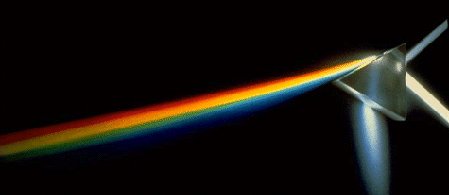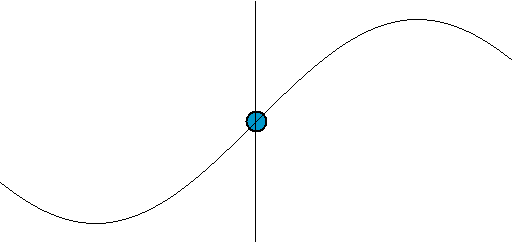 |
The Vital Act is the Act of Participation
the Example of Light
 |
In 1905, a 26-year-old physicist by the name of Albert Einstein proposed that light was made up of particles. He called the particles "photons," with qualities that are discrete and incremental, properties belonging to a granular universe. Photons act not unlike a stream of bullets shot from a machine gun. This proposal was proven by the photoelectric effect, i.e., electrons dislodge atoms immediately upon hitting an object. Waves have a delayed effect, taking several oscillations to occur. Einstein was awarded the Nobel Prize in 1921 for this research.
 |
In 1926, the Austrian physicist, Erwin Schrodinger, suggested that light was made up of waves. In fact, all of nature is a great wave phenomenon. This is demonstrated when electrons are boiled off a hot tungsten filament.
 |
The question is then asked, "How can light be made up of particles and of waves? Isn't that a contradiction?"
In 1927, the Swedish physicist, Niels Bohr, developed the "Complementarity Principle" that explained this dilemma. The mutually exclusive properties of wave and particle are not, in fact, objective properties within light. They do not belong to light. Waves and particles are properties of human interaction with light. Our participation with light creates these properties. Specifically, depending on how the experiment is set up, light can be made into waves or particles. All depends on what the observer wants to see. By extension, reality itself exists as a probability of potentialities, as a wave (or particle) function, until an interaction occurs with the human participant. At that very moment, the "collapse of the wave function" transpires - a quantum jump.
As Bohr wrote, "When it comes to atoms, language can be used only as poetry. The poet, too, is not nearly so concerned with describing facts as with creating images."
* * * * *
"May the universe in some strange sense be brought into being by the participation of those who participate? . . . . The vital act is the act of participation. Participation is the incontrovertible new concept given by quantum mechanics. It strikes down the term 'observer' of classical theory, the man who stands safely behind the thick glass wall and watches what goes on without taking part. It can't be done, quantum mechanics says." So wrote the physicist, John Wheeler, in Gravitation (1973).
* * * * *
And what
must come together to create a "rainbow"?
"Transitory intersection of the relationships of those participating."
And what
must come together to create reality?